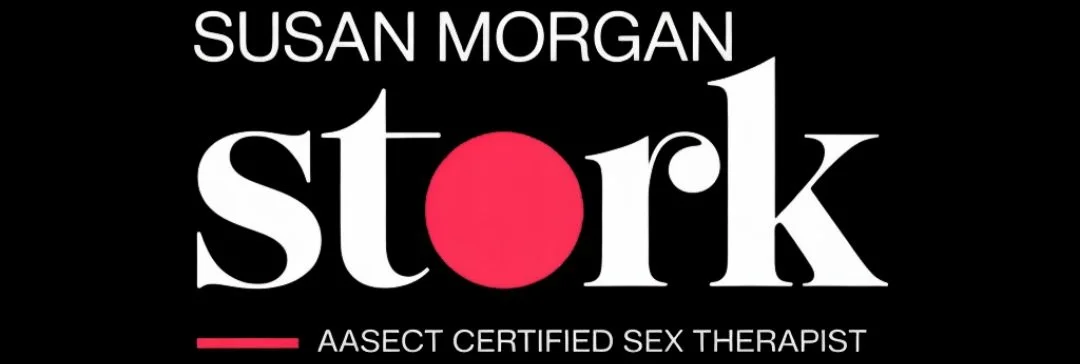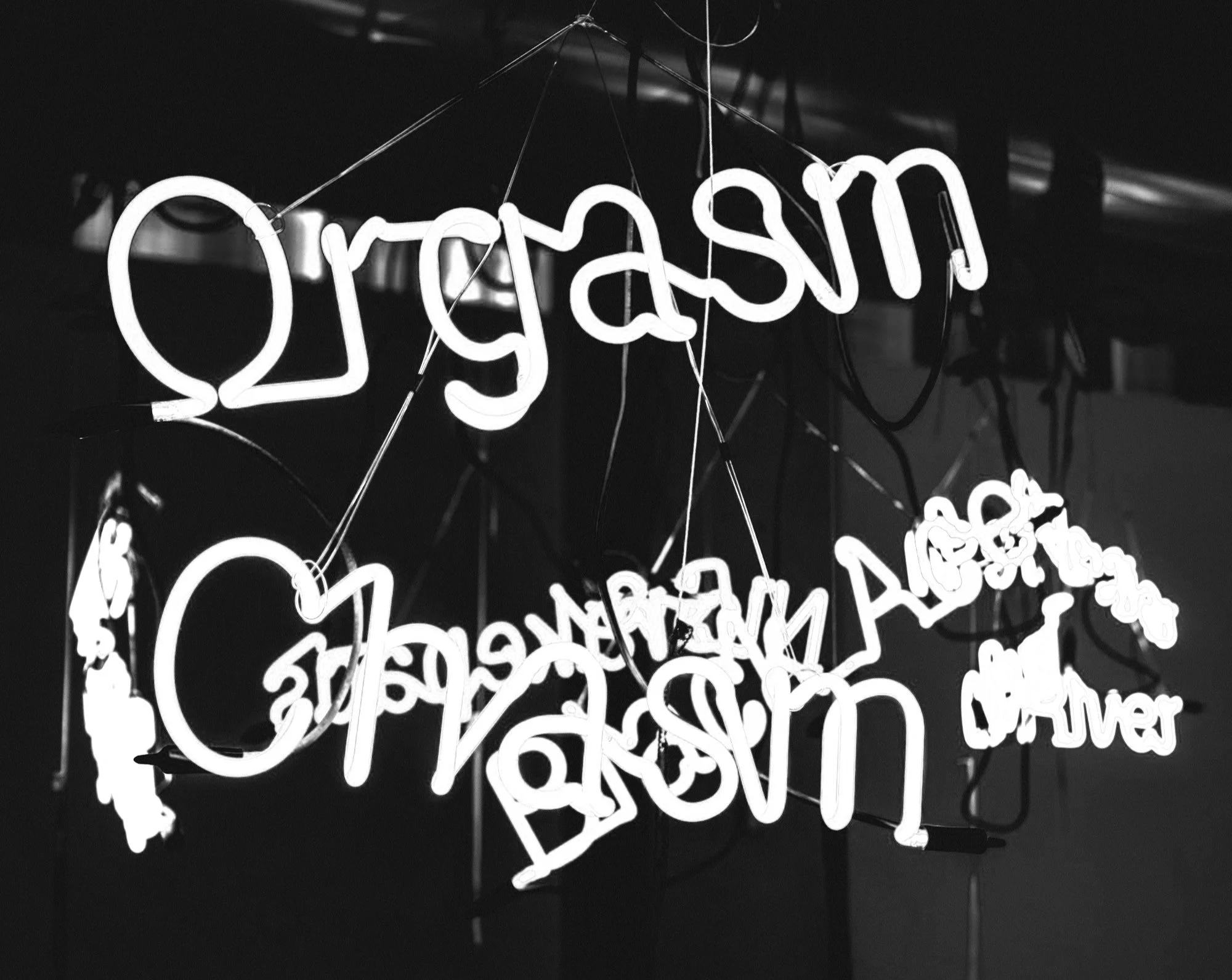Mapping Your Desire Patterns | Exercises to Discover What You Want
If you've ever asked yourself, "Why don't I know what turns me on?", you're not alone. Desire can feel like a mystery, especially when life is stressful, relationships are complicated, or you’ve never really been given permission to explore it.
The truth simply is that your desire isn’t broken. It just might be waiting for a map. Now let’s walk through some simple, insightful desire mapping exercises designed to help you reconnect with what brings you pleasure.
What Does “Desire Mapping” Mean?
Desire mapping is the practice of tuning into your body, mind, and emotions to uncover what brings you arousal, pleasure, and connection.
It’s not about performing. It’s about discovery. You’re not here to impress anyone. You're here to understand yourself.
Whether you're partnered or solo, rediscovering desire starts with curiosity, not judgment.
Why It's So Hard to Know What You Want
Life gets loud. Desire gets quiet.
We live in a culture that often disconnects us from our bodies. Between daily responsibilities, past experiences, and external expectations, your own turn-ons can get buried. You might feel numb, confused, or even anxious when it comes to intimacy.
But that doesn't mean your desire is gone. It just needs space to breathe.
5 Desire Mapping Exercises to Try Right Now
These exercises are low-pressure and judgment-free. You don’t need a partner. You don’t need fancy tools. Just a quiet space, a notebook or voice recorder, and your willingness to explore.
1. The Yes/No/Maybe List — With Feeling
You’ve probably seen this one before, but here’s the twist: instead of just checking off boxes, you track how your body reacts to each item.
When you read something like “slow kissing,” do you feel warm? Curious? Numb? Turned off?
Does your chest tighten? Does your stomach flutter?
Why it works: It shifts the focus from what sounds “good on paper” to what actually stirs something in you.
3. Erotic Mind Mapping
Start with the word “desire” in the center of a blank page. Then branch out with free associations. Let your mind wander. Add colors, images, even song lyrics.
Ask yourself:
What fantasies keep returning?
What kinds of touch, power dynamics, or storylines make you curious?
Why it works: It gives you permission to explore without judgment or having to “act” on anything.
2. Sensory Journaling
Spend a few minutes each day writing down moments of pleasure from all five senses—not just sexual ones.
What textures feel good on your skin?
What smells make you feel cozy or alive?
What music makes your body want to move?
Why it works: Pleasure isn’t just about genitals. It's about being in your body. Sensory journaling helps reconnect you to that inner radar.
4. Mirror Work: Embodied Self-Awareness
This one can feel vulnerable, but powerful. Stand or sit in front of a mirror and notice your body with curiosity, not critique.
Ask:
What parts of me feel strong?
What parts feel tender?
What parts have I ignored or dismissed?
Why it works: So many of us disconnect from our bodies out of shame. Rebuilding connection starts with seeing yourself.
5. Arousal Tracking Over Time
Over the course of a week, note any moment you feel even a flicker of arousal or sensuality. What were you doing? Who were you with? What were you wearing?
You might be surprised:
That steamy scene in a movie
A late-night breeze on your skin
A casual flirtatious moment
Why it works: Patterns start to emerge when you track experiences instead of forcing conclusions.
Rewriting Desire Narratives | From Performance to Permission
A big part of discovering your turn-ons is unlearning the scripts that told you how you’re supposed to feel. If sex has felt like a duty or something “for someone else,” it makes sense that your body might have gone quiet.
This is about rewriting that story, starting with your own voice.
What If I Still Don’t Know What Turns Me On?
That’s okay. This isn’t a one-time quiz with an answer key. Desire mapping is more like a conversation that deepens over time.
If you feel stuck, consider working with a sex therapist or consultant who understands that your pace is valid and that healing and exploration go hand in hand.
Desire Isn’t a Destination, It’s a Compass
What turns you on isn’t just about sex. It’s about aliveness. It’s about remembering that you deserve to feel good, in your body, in your relationships, and in yourself.
So take your time. Ask better questions. Get curious. You’re not behind. You’re on your way home.
FAQs About Desire Mapping
Q: How can I figure out what turns me on if I feel nothing right now?
A: Start with gentle curiosity. Focus on small moments of comfort or interest. Desire often returns when it feels safe.
Q: Is it normal to have changing preferences over time?
A: Absolutely. What turns you on at 22 might not be what moves you at 42. You evolve, and so does your map.
Q: Can I do desire mapping with a partner?
A: Yes! Many people use these exercises to better understand each other’s inner worlds and create more attuned intimacy.
Sharing What Matters Most
As a licensed therapist and certified sex therapist, I write to make space for honest conversations around intimacy, desire, and emotional well-being. These insights come from both research and years of walking beside people through life’s complexities.
My hope is that these reflections offer not just information, but comfort, a reminder that your questions are valid, your experiences matter, and healing is always possible, no matter where you begin.

